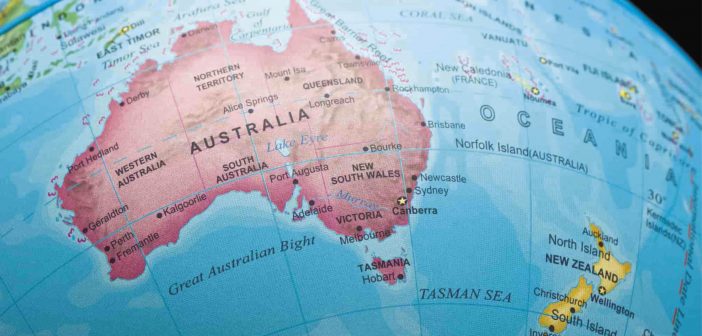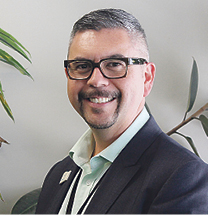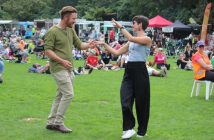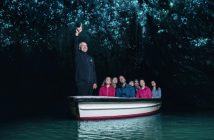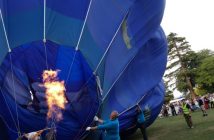Monday April 19 marked a historic date in our Covid-19 journey as New Zealand and Australia began quarantine-free travel between the two countries.
Although we are not expecting any significant shifts in visitor arrivals in the Mighty Waikato for the next few weeks, it has given us hope about a return of Trans-Tasman travel for leisure, business and events. We expect a growing number of leisure travellers to return once the Visiting Friends and Family (VFR) market starts to ease.
Australia is a key market for us which will help ‘prop up’ our visitor market during the quieter winter months – Australia was our number one international visitor market pre-Covid injecting $87.5 million annually into the regional economy.
We are working in collaboration with a number of partners to maximise our efforts to encourage visitation to the Waikato from Australia, especially with our main international marketing partner, Tourism New Zealand.
We were proud to be part of the bid process for the Fifa Women’s World Cup 2023 and are excited for Hamilton to be chosed as a host city. The tournament is being jointly hosted by New Zealand and Australia – the first time a Fifa tournament has been co-hosted across two football confederations – and will also for the first-time ever see the Fifa Women’s World Cup expanded from 24 to 32 teams.
Welcoming back the New Zealand National Fieldays at Mystery Creek from June 16-19 June will provide the region and visitor sector with a much-needed economic boost in the middle of our winter season.
The last physical Fieldays event in 2019 generated an impressive $549m in sales revenue for New Zealand firms with $183m going into the Waikato region alone. Based on the official event attendance figures for 2019 of 128,747, it shows that each person though the gate contributes around $4,200 to the economy.
The event also proved hugely beneficial to the Waikato region. The economic impact report estimated that every gate entry resulted in $312 in direct spending in the Waikato hospitality sectors including accommodation, restaurants, bars and retail trade.
As a non-ski destination, Waikato needs to work a little bit harder to drive domestic visitation during our traditionally quieter months. Hosting events are crucial to lead the economic and social recovery of the Waikato region during winter. Tourism New Zealand research indicates that up to one-third of domestic travel is primarily driven by people looking to participate in events.
Lastly, we are coming to the end of the first phase of the Regenerative Tourism programme for tourism leaders. The term ‘regenerative tourism’ is about creating a super-charged sustainability movement of leaders to take action. The programme is educating and inspiring our tourism sector to do better – creating action to support communities and people to thrive.
Waikato has joined six other pioneering regions, Bay of Plenty, Coromandel, Queenstown, Rotorua, Ruapehu and Wanaka, to roll-out the regenerative tourism programme. Addressing major issues like climate change, sustainable employment opportunities and building a resilient tourism sector for the future have been some of the conversations tackled.
We want to create a change and influence a new direction, so collective action is the next step in our journey.

